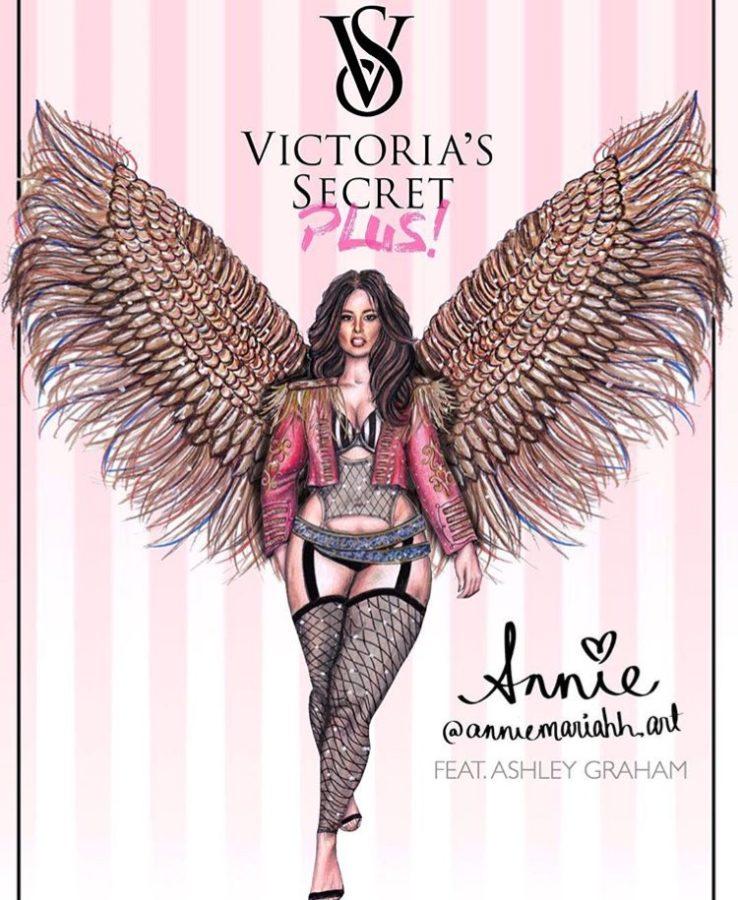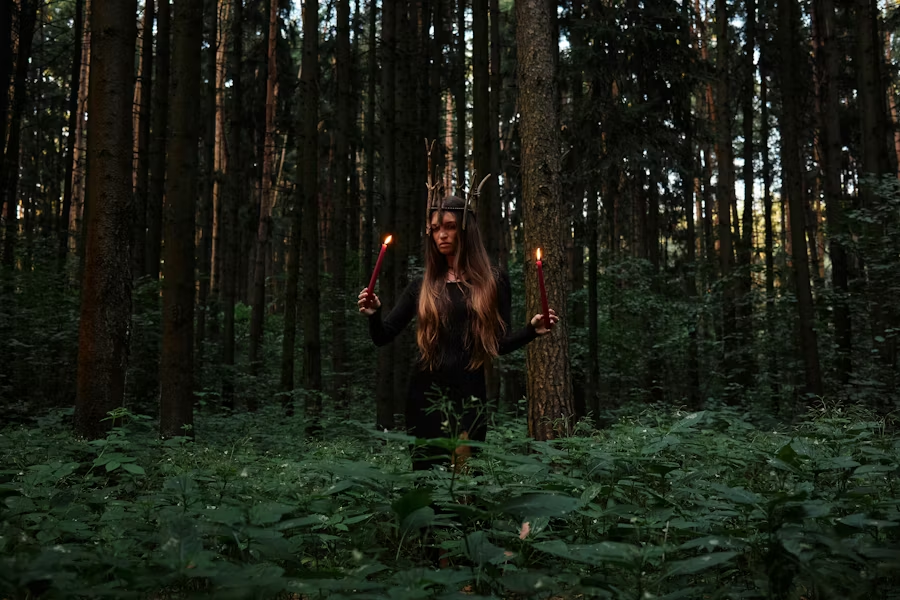Gigi Hadid. Adriana Lima. Karlie Kloss. Candice Swanepoel. What is one thing that these four models, recently cast for the Victoria’s Secret Fashion Show, have in common? If you answered with “the fashion industry’s favorite body type”, you’d be correct. These women definitely work hard to look the way that they do, and are not outright causing this issue in the industry. That is mainly in the hands of our favorite brands.
Victoria’s Secret is a household name that almost every woman will recognize. The simple mention of the brand brings upon a mental picture of the infamous pink-striped shopping bags, extraordinary six-feet-wide angel wings and gorgeous models sporting the most sparkly lingerie you’ve ever seen. You would think a multi-million dollar company like this would want to expand their target market to include more women of all shapes and sizes, right?
The average American woman is a size 16, according to a 2016 study in the International Journal of Fashion Design, Technology and Education in. Compare that to the average American fashion model, who is between a size zero and double zero, a number reported by The University of Texas. If companies like Victoria’s Secret want to broaden their customer range, why don’t they use models in their advertising that look a little bit more like the majority of their customers?
In the past couple weeks, Victoria’s Secret has been conducting the casting process for their annual fashion show. This show is the most talked about fashion show of the year, as it is the only televised fashion show broadcast across the world. Victoria’s Secret definitely has a lot of pressure to make this show perfect, which is why finding their models is such a task.
The recently revealed list of models chosen did not include any plus size models, even though fans of the brand have been pushing for the casting of plus size models like Ashley Graham.
Graham is a twenty-nine year old plus size model and body activist with an enormous following. Signed with IMG Models, Graham has covered many magazines including Vogue, Harper’s Bazaar, Glamour and Elle.
Graham has spoken out many times about the discrimination in the fashion industry that she has faced. In her autobiography, A New Model: What Confidence, Beauty and Power Really Look Like, Graham states that “it shouldn’t be okay for designers, who can make whatever they can dream up in their heads, to keep larger women out of their clothes or for buyers to tell us how we will and won’t spend our money.”
One of Graham’s biggest fans is Annie Breen, a student at the London College of Fashion. Last December, around the time of the annual Victoria’s Secret Fashion Show, Breen decided she wanted to create a world where Ashley Graham could walk the famed runway show. She ended up designing a fantasy line of fashion illustrations called “Victoria’s Secret Plus!”. Breen displayed her work on her Instagram account, @anniemariahh.art, and her creation went viral.
Not only did Ashley Graham actually repost the drawing of herself to her personal Instagram account, but many mainstream fashion publications such as Vogue wrote articles about it, as well.
“It was definitely more support and exposure than I anticipated, but in a really, really good way,” Breen says to A Magazine. “As a woman, it made me realize how many other women are thirsty for representation. As a feminist who is also a businesswoman, it also made me realize the many misconceptions and excuses, leading up to now, that caused our society to plunge into this almost low-key but widespread body dysmorphic epidemic.”
It seems as if a large majority of the fashion industry would support Victoria’s Secret in casting plus size models for their runway show. Models like Ashley Graham can show young women that their body type is normal and they can be celebrated in fashion, too. This is a move for inclusivity, representation, and overall body positivity. In the words of Graham from her autobiography, “I was never going to fit the standards others created for me. Instead of complying, I protested.”
Women of all sizes are coming together to push for high-profile fashion companies to include models with different body shapes other than what has been universally accepted in the industry for the past few decades.
One day, young women will be able to look at the runways and magazines and see women who look just like them and hopefully feel as beautiful as they are. Until that day comes, people must continue to ask brands such as Victoria’s Secret, “Where are your plus size models?”












